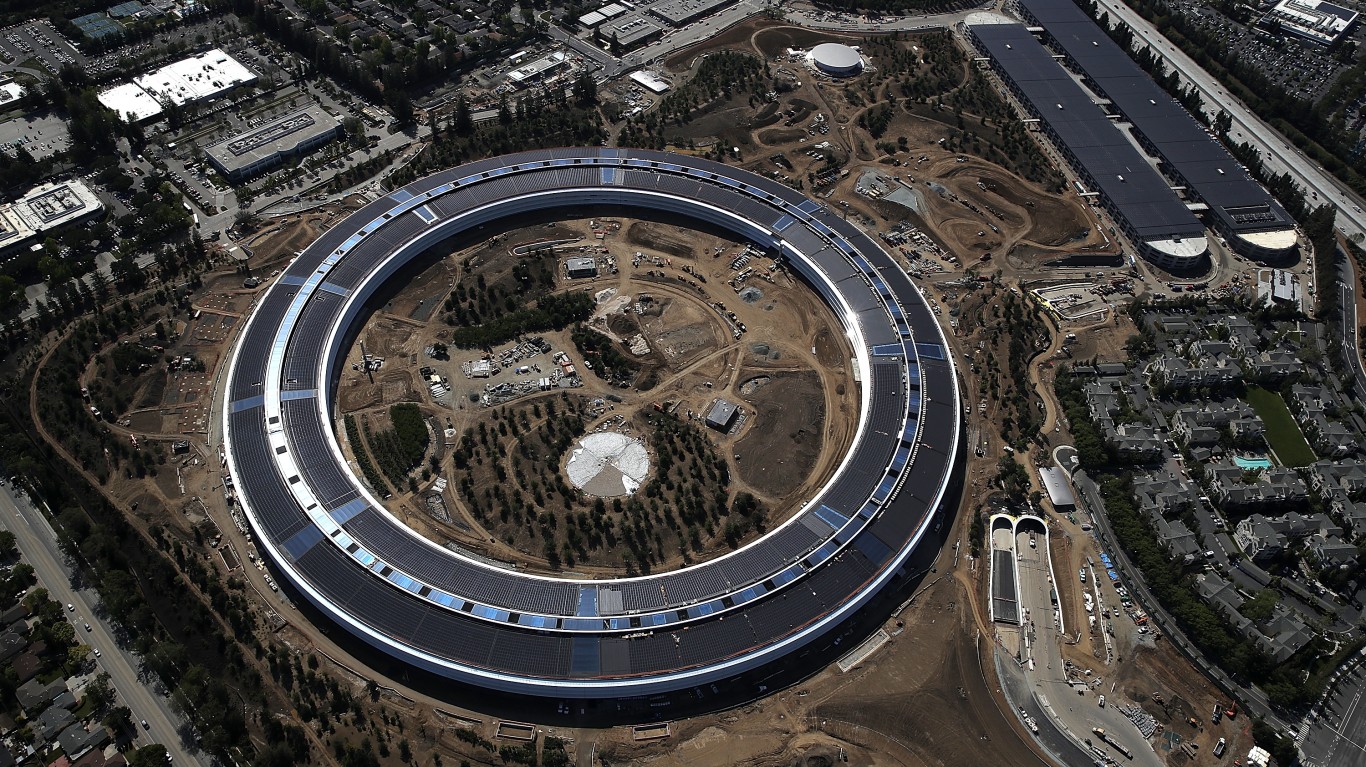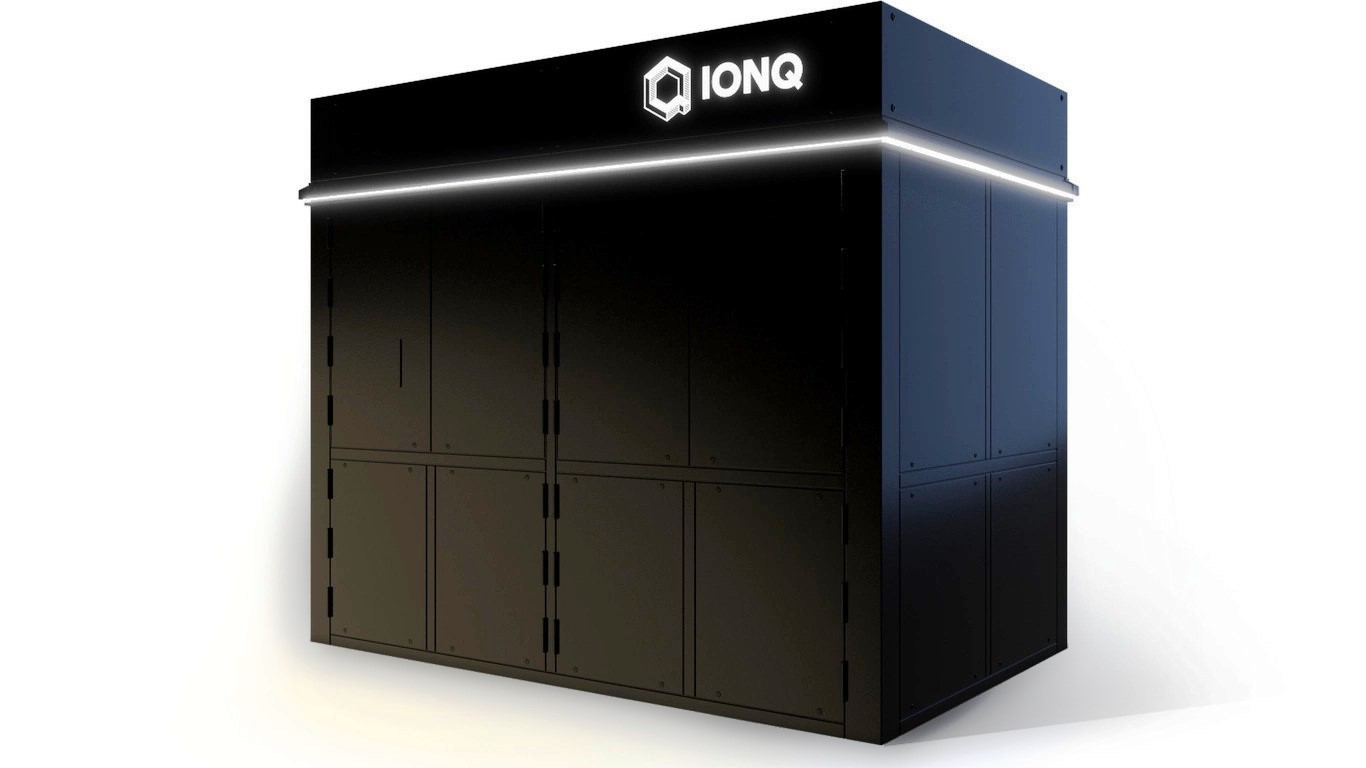
On February 17, Apple Inc. (NASDAQ: AAPL) reported that it did not expect to meet its March quarter guidance. By the end of the month, Apple shares had lost more than 12% on their way to a year-to-date low of around $212 by late March, as it became clear that the COVID-19 pandemic’s impact on the U.S. stock market and economy was going to be far greater than Apple (or just about anyone else) thought back in mid-February.
The economic outlook has gone from a general “lower-for-longer” stage to a new “lower-for-how-much-longer” one. Cockeyed optimists aside, gross domestic product growth in 2020 is not going to happen. The most recent estimate from the International Monetary Fund (IMF) sees global GDP falling by 3% this year. U.S. GDP growth is now estimated at negative 5.9%, and the world’s largest economies are now expected to shrink as a group by 7.7%.
The IMF expects global GDP to improve by 5.8% year over year in 2021. Fitch Ratings, one of three major debt rating firms, does not see a return to pre-coronavirus crisis GDP growth levels until late next year if the lockdowns last for five weeks. If the lockdowns are extended to eight weeks, GDP growth won’t recover pre-crisis levels until 2022.
Where does Apple fit into those projections? Will it perform better or worse? What should investors expect from one of the world’s handful of trillion-dollar companies?
Near-Term Estimates May Be Useless
Given that the world has virtually no experience at restarting a global economy that has hit a wall, trying to put a 12-month price target on Apple (or any other) stock may be nothing more than a wild guess. Before warning on revenues, Apple had forecast second-quarter revenues of $63 billion to $67 billion. The Wall Street consensus is currently around $56 billion.
Apple referred to supply chain disruption in China as a result of lockdowns at the company’s manufacturing partners’ facilities that were slow to restart. The company also noted in its February statement that demand for its products in China had fallen, although demand in the rest of the world had remained “in line” with the company’s expectations.
Apple analysts Gene Munster and Will Thompson of Loup Ventures put the issue succinctly: “Discussion about FY20 is largely a waste of time, so the conversation is better directed to FY21.” They expect Apple revenue to fall by 5% in the 2020 fiscal year to $248.16 billion and increase by 12% in 2021 to $277.96 billion.
How 2021 Shapes Up for Apple
Apple analyst Rod Hall at Goldman Sachs said his analysis indicates a steeper drop in unit demand through the middle of this year, followed by a shallower recovery going into 2021. He expects pricing weakness and slowing growth in Apple’s services business. Hall is not sanguine about prospects for the 5G phone either. Goldman slapped a Sell rating on Apple stock and cut the price target from $233 to $250.
Munster and Thompson at Loup Ventures see Apple well-positioned for 2021 and beyond. In their words, “[M]any of the prevailing tailwinds over the next decade are at Apple’s back.” They include among those tailwinds a 5G-driven upgrade cycle, more original and streaming video, and personal and preventive health offerings.
Loup Ventures has long held a positive view of Apple’s growing services business. The firm sees 16% growth in the current calendar year and 14% in calendar year 2021. Services in 2021 will account for 22% of Apple’s total revenue, up from 18% in fiscal year 2019. By 2023, Loup Ventures expects Apple’s services business to account for 25% of the company’s revenues.
Overall, among 42 analysts’ ratings (Loup is not among them), 29 mark Apple with a Buy or Outperform rating. Evercore ISI analyst Amit Daryanani on Monday made the upside case for Apple shares rising to $500 based on margin expansion, primarily in services. Apple’s service margins are already 64%, according to Daryanani, and will remain flat over the next few years.
Keeping operating expenses under control will contribute to Apple’s operating leverage as well. That, in turn, works in Apple’s favor by keeping its multiple firmly placed in the luxury goods league, where the company has prospered for the past decade.
Thank you for reading! Have some feedback for us?
Contact the 24/7 Wall St. editorial team.

 24/7 Wall St.
24/7 Wall St.



